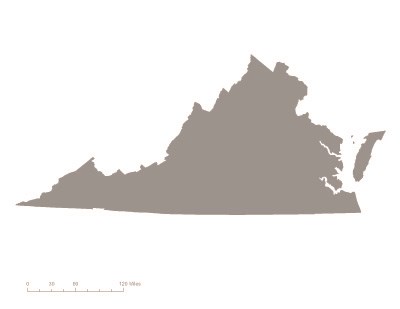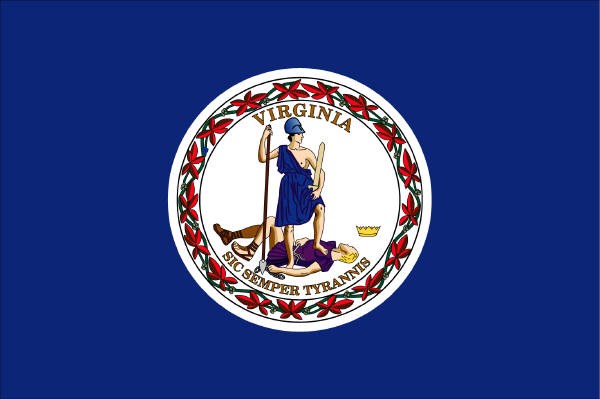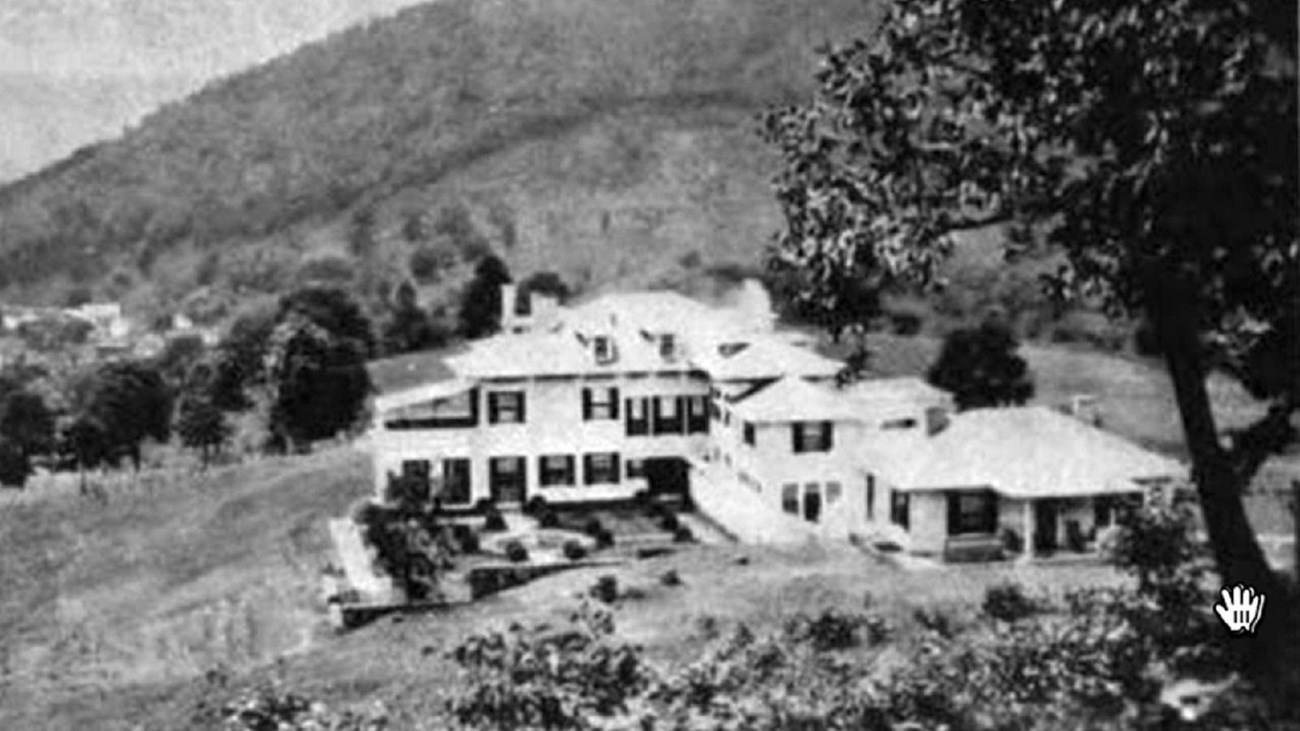Last updated: August 23, 2019
Article
Virginia and the 19th Amendment

Women first organized and collectively fought for suffrage at the national level in July of 1848. Suffragists such as Elizabeth Cady Stanton and Lucretia Mott convened a meeting of over 300 people in Seneca Falls, New York. In the following decades, women marched, protested, lobbied, and even went to jail. By the 1870s, women pressured Congress to vote on an amendment that would recognize their suffrage rights. This amendment was sometimes known as the Susan B. Anthony amendment and became the 19th Amendment.
The amendment reads:
"The right of citizens of the United States to vote shall not be denied or abridged by the United States or by any state on account of sex."
After decades of arguments for and against women's suffrage, Congress finally passed the 19th Amendment in June 1919. After Congress approved the 19th Amendment, at least 36 states needed to vote in favor of the amendment for it to become law.
On February 12, 1920, Virginia voted against ratifying the 19th Amendment. But by August of 1920, 36 states approved the proposal and it became law all across the country – even in Virginia--that the right to vote could not be denied based on sex.
On February 21, 1952, Virginia showed its support for women’s suffrage by officially ratifying the 19th Amendment.

Virginia Places of Women's Suffrage: Three Hills
Three Hills was the home of author Mary Johnston. In addition to writing over 20 books, she was also active in the women’s suffrage movement. Many of her books focus on the theme of women’s rights. Three Hills is listed on the National Register of Historic Places.

Three Hills is an important place in the story of ratification. It is listed on the National Register of Historic Places.
